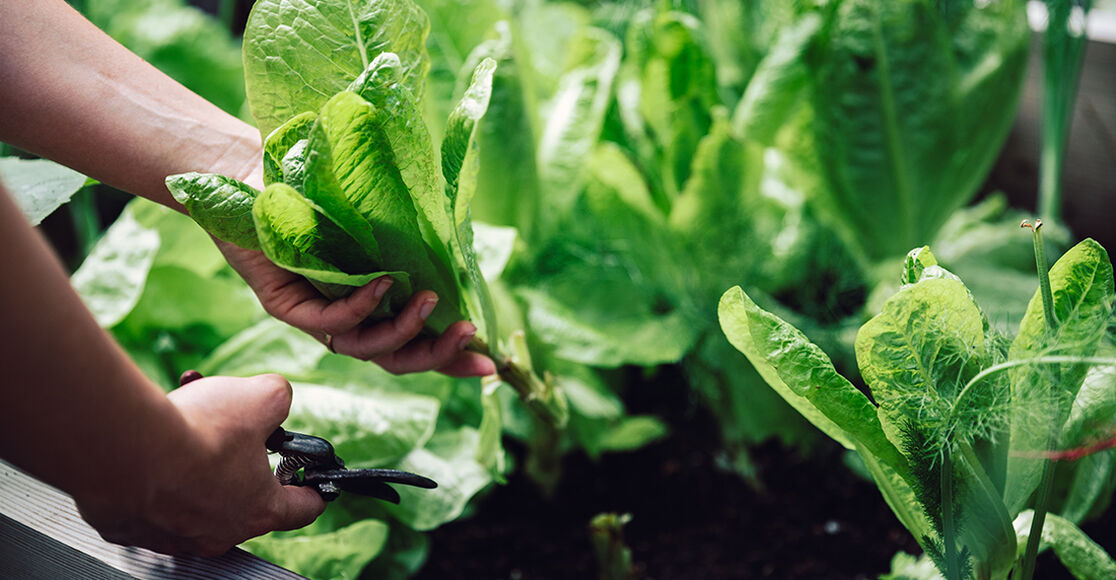Even though the heat of summer is giving way to the cooler days of fall, that doesn’t mean vegetable gardening has to end. In fact, there are a number of strategies to keep planting and growing vegetables even in the cooler days of fall.
You might opt to begin planting vegetables during cooler months, in locations where your warm-weather plants were earlier in the season. Or you can take another approach: Staggering additional plantings of carefully selected cold-tolerant veggies to extend your harvest a bit further.
You might plant a second round of a vegetable you’ve already planted or choose a new variety. Or you can mix these strategies to make use of your available garden space as well as the planting window you’re expecting.
Plan your planting and harvest according to the expected frost date in your area. Depending on what you’re growing and the number of days it takes for the vegetable to reach maturity, you may want to start seeds indoors.
Check seed packages to see how long it will take for each plant to mature. Here are some suggestions on what to plant in your fall vegetable garden:
Vegetables to Plant in Fall
Fall Radish Planting
One of the easiest plants to grow, radishes prefer cooler temperatures and mature quickly – some varieties as soon as three weeks. You can also plant them in between other vegetables. Choose an area that receives at least six hours of sunlight per day and plant the seeds about four to six weeks before the first frost.
Fall Lettuce Planting
Growing lettuce is one vegetable that can be planted at intervals, depending on your hardiness zone, and can last you throughout the fall. You might plant a row or two of lettuce every month successively, rather than several rows all at once. Using this method of planting lettuce in the fall allows for a longer planting window to yield a slow, steady supply of lettuce rather than a bumper crop all at once. You can also stagger successive plantings by one to two weeks to extend the harvest over a longer period of time.
Fall Leafy Greens Planting
Fall is the best time for growing leafy green vegetables like spinach, kale and collard greens in areas with milder winter climates. They can be planted from seed about three months before the first frost. Alternatively, they can also be started indoors and transplanted. In southern climates, leafy greens like kale and Swiss chard can be planted in the ground from seed as late as October.
Fall Beets Planting
Beets are easy to grow from seed and will grow quickly in full sun. Additionally, fall is a good time to plant beets because they can survive frost when the temperatures begin to dip. Growing beets can begin in the lead-up to the cold months. Just start the seeding indoors or sow seeds directly into the garden about four to six weeks prior to the first frost. Soaking seeds in water for 24 hours before planting will speed up germination.
Fall Broccoli Planting
To plant broccoli plants in the fall, begin by sowing seeds about 100 days before the first frost in your area. If you’re starting the broccoli indoors, then you may be able to plant them a little later. Those who live in USDA zones 8 and up can plant seeds in late summer for an early winter or fall harvest.
Fall Garlic Planting
Did you know you can plant garlic cloves in the fall, allow them to grow over the winter, and harvest them in the summer? To plant garlic in the fall, start by choosing a high-quality seed garlic from a local farmer or reputable dealer, then separate into cloves and plant within 48 hours. Avoid using grocery store variety garlic because it may be difficult to grow or unsuitable for your area.
Plant unpeeled cloves root side down 2 inches deep in cultivated, well-drained and rich soil. Then, cover with 5 to 8 inches of mulch. The garlic should germinate before the ground freezes. If done correctly, then garlic planted in fall will be ready to sprout in spring and should be ready to harvest in late summer.
